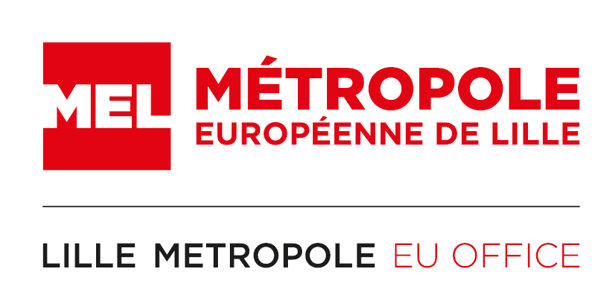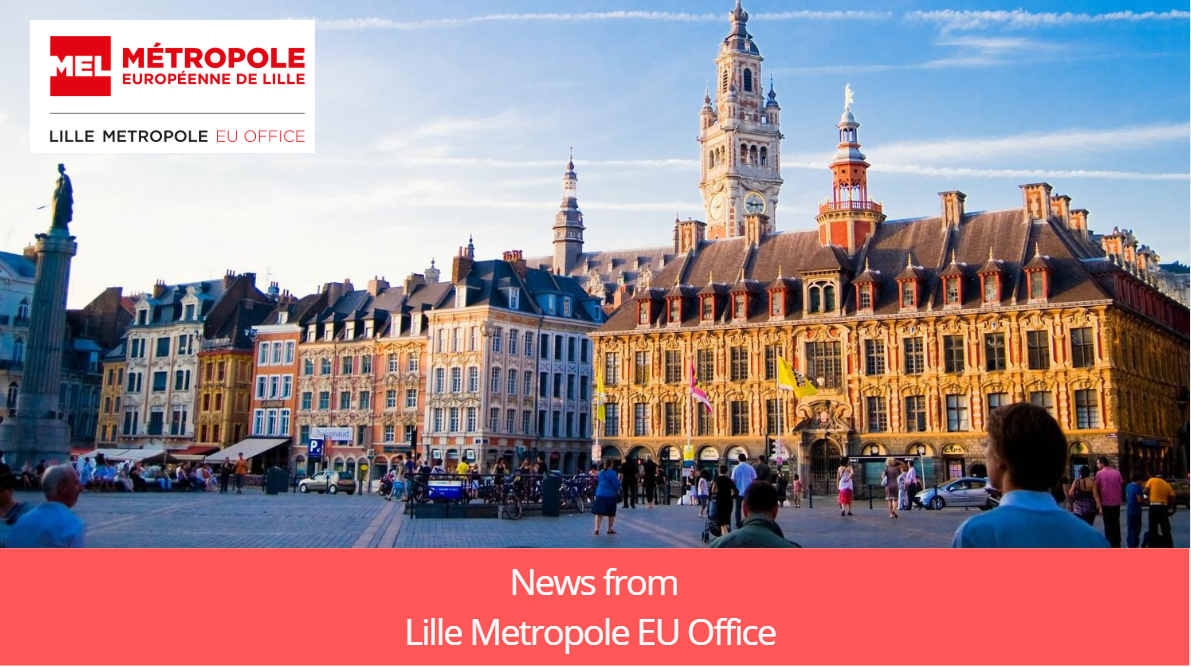Lille Metropole
where Northwest Europe meets
News
-
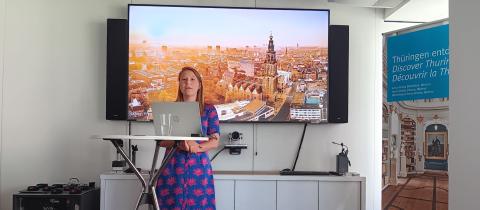 24/07/2025Brussels Urban Talks : an opportunity to discuss new ideas, share experiences, and build bridgesLaunched last year, the Brussels Urban Talks are regular meetings which regroup metropoles and cities representatives that are present in Brussels.
24/07/2025Brussels Urban Talks : an opportunity to discuss new ideas, share experiences, and build bridgesLaunched last year, the Brussels Urban Talks are regular meetings which regroup metropoles and cities representatives that are present in Brussels. -
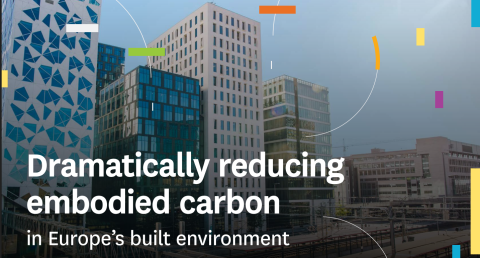 24/07/2025Dramatically Reducing Embodied Carbon (DREC): bringing metropoles together to develop solutions to common problemsDREC aims to help cities and metropoles reduce CO2 emissions in the construction sector, including embodied carbon, while also increasing the use of bio-based materials.
24/07/2025Dramatically Reducing Embodied Carbon (DREC): bringing metropoles together to develop solutions to common problemsDREC aims to help cities and metropoles reduce CO2 emissions in the construction sector, including embodied carbon, while also increasing the use of bio-based materials. -
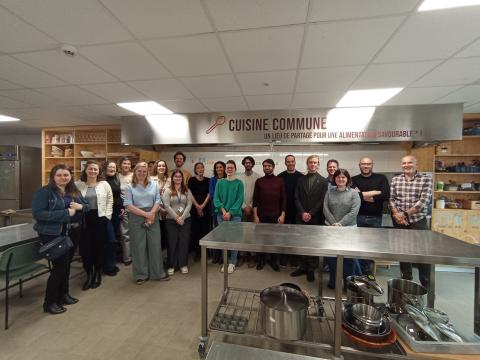 09/07/2025Innovative Solutions for Urban Food Systems: Urban Agenda partners meet in Lille Metropole !This key meeting enabled the partners to come together to finalise the draft action plan and to learn more about Lille Metroplole’s local food ecosystem.
09/07/2025Innovative Solutions for Urban Food Systems: Urban Agenda partners meet in Lille Metropole !This key meeting enabled the partners to come together to finalise the draft action plan and to learn more about Lille Metroplole’s local food ecosystem. -
 11/07/2025New European Bauhaus Facility matchmaking event: let's work together!On the 24th of April, Lille Metropole and the Gothenburg European Office hosted a successful New European Bauhaus Facility matchmaking event.
11/07/2025New European Bauhaus Facility matchmaking event: let's work together!On the 24th of April, Lille Metropole and the Gothenburg European Office hosted a successful New European Bauhaus Facility matchmaking event. -
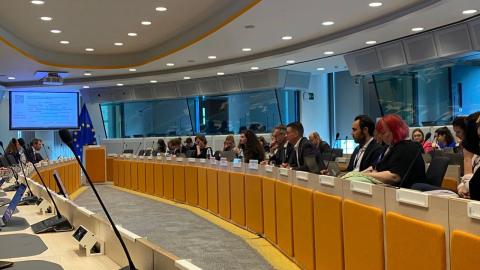 11/07/2025Reflecting on the EU Green Week : a week of insight and collaborationThe EU Green Week week provided an excellent opportunity to highlight Lille Metropole’s expertise in circularity, gain insights into the upcoming Circular Economy Act, and exchange best practices.
11/07/2025Reflecting on the EU Green Week : a week of insight and collaborationThe EU Green Week week provided an excellent opportunity to highlight Lille Metropole’s expertise in circularity, gain insights into the upcoming Circular Economy Act, and exchange best practices. -
 11/07/2025Lille Metropole celebrates the 75th anniversary of the Schuman Declaration with the european month of MayRanging from training sessions, to internal communication campaigns, to organised visits to the european institutions, there were many opportunities to engage with and learn more about Europe !
11/07/2025Lille Metropole celebrates the 75th anniversary of the Schuman Declaration with the european month of MayRanging from training sessions, to internal communication campaigns, to organised visits to the european institutions, there were many opportunities to engage with and learn more about Europe ! -
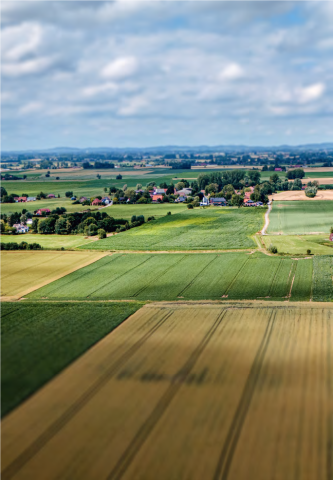 10/07/2025How can a post-industrial metropolitan area become a model for sustainable agriculture?Lille Metropole is deploying an ambitious agricultural strategy — rooted in innovation, ecology, and European alignment — to transform its landscape and secure its future.
10/07/2025How can a post-industrial metropolitan area become a model for sustainable agriculture?Lille Metropole is deploying an ambitious agricultural strategy — rooted in innovation, ecology, and European alignment — to transform its landscape and secure its future. -
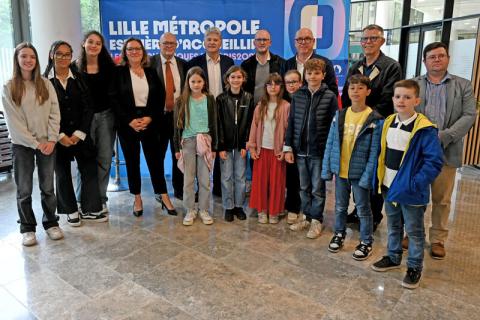 10/07/2025Lille Metropole’s participatory budget: residents at the forefront of the ecological transitionLille Metropole's participatory budget invites citizens to create local nature projects, supporting EU environmental and democratic goals through community-driven action.
10/07/2025Lille Metropole’s participatory budget: residents at the forefront of the ecological transitionLille Metropole's participatory budget invites citizens to create local nature projects, supporting EU environmental and democratic goals through community-driven action. -
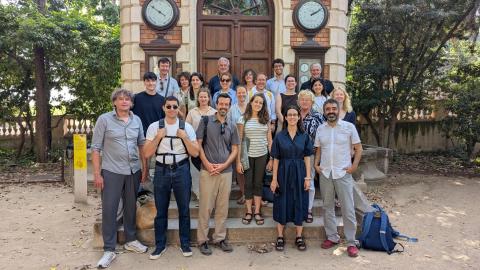 10/07/2025Time2Adapt : The project team visits BarcelonaOn 12 and 13 June, the Time2Adapt project team travelled to Barcelona, one of its three transfer partners.
10/07/2025Time2Adapt : The project team visits BarcelonaOn 12 and 13 June, the Time2Adapt project team travelled to Barcelona, one of its three transfer partners. -
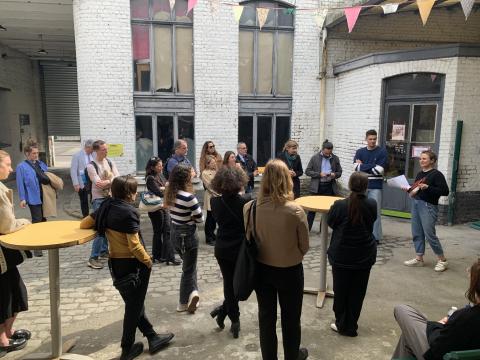 10/07/2025IMPETUS project : Lille Metropole hosts an Interregional Thematic Seminar on the topic of “Alternative financing models and mechanisms for temporary uses”For two days, IMPETUS project partners and regional stakeholders came together to share knowledge, swap ideas, and get inspired by new approaches to temporary urbanism.
10/07/2025IMPETUS project : Lille Metropole hosts an Interregional Thematic Seminar on the topic of “Alternative financing models and mechanisms for temporary uses”For two days, IMPETUS project partners and regional stakeholders came together to share knowledge, swap ideas, and get inspired by new approaches to temporary urbanism. -
 10/07/2025Lille Metropole is taking action against food waste !Whether through participation in European projects, support provision for local school canteens, or through contributions to EU policy related to food waste, Lille Metropole is taking decisive action.
10/07/2025Lille Metropole is taking action against food waste !Whether through participation in European projects, support provision for local school canteens, or through contributions to EU policy related to food waste, Lille Metropole is taking decisive action. -
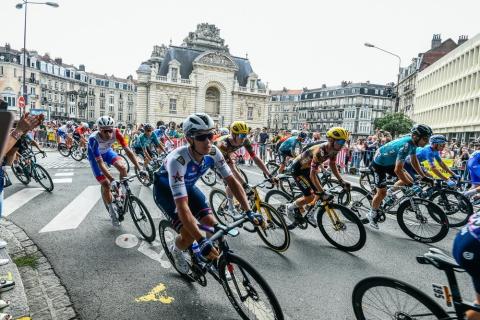 10/07/2025The Grand Départ of the Tour de France: a major event for Lille Metropole and the regionThis was the third time that Lille hosted the event, marking a historic return of the Grand Départ to France and underlining Lille Metropole’s ability to host quality high-level sporting events.
10/07/2025The Grand Départ of the Tour de France: a major event for Lille Metropole and the regionThis was the third time that Lille hosted the event, marking a historic return of the Grand Départ to France and underlining Lille Metropole’s ability to host quality high-level sporting events.
Where north western Europe meets
Lille Metropole is perfectly situated at the crossroad of Northwest Europe, between Brussels (35min by train), Paris (1h) and London (1h20) and within 3 to 4 hours from Amsterdam, Strasbourg or Frankfurt. This ideal position, at the heart of a rich and densely populated (80 M people) basin represents a huge economical asset.
A cross-border eurometropolis
Sharing 86 km of border with its Belgian neighbour makes Lille Metropole an essential partner, as evidenced by the Lille-Kortrijk-Tournai Eurometropole, the first and largest EGTC (European Grouping of Territorial Cooperation) in Europe with 2.1 million inhabitants.
A large urban and rural metropole
Lille Metropole encompasses 95 municipalities and 1.2 million inhabitants, in a territory both rural and urban, made up of cities like Lille (230,000 inhabitants), Roubaix and Tourcoing (100,000 each) and smaller towns and villages. This broad diversity of territories confronts the metropolitan authority with a variety of challenges regarding urban development, land use and environmental protection, employment and social inclusion, housing, mobility, food or culture.
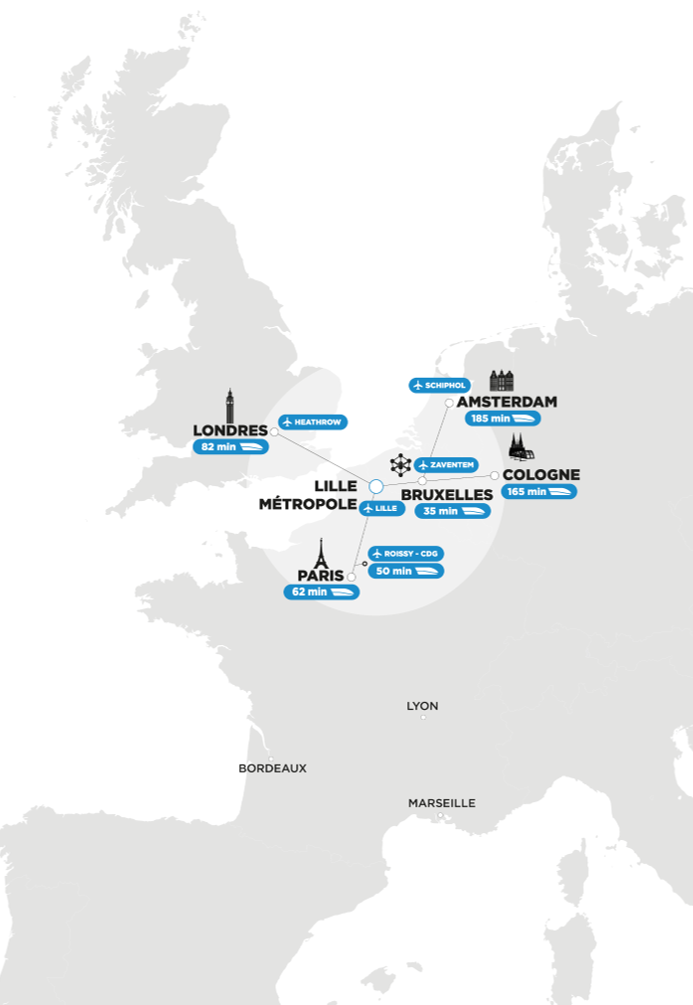

2nd university
center in France
3rd
French metropolis
(in terms of inhabitants)

35 %
under 25 years old

